New Delhi: Until the Internet era, the primary means of science communication were print media, books, radio, and television. The world, of course, had American astronomer and planetary scientist Carl Sagan, who was a prolific global science communicator. Today, in India, social media influencers are jumping into science communication too. Universities and scientific institutions don’t want to miss this opportunity to spread a scientific temperament across the country.
In recent years, institutions have realised the potential of social media and started conducting workshops for content creators on how to become effective science influencers—and get both their facts and fusion right.
“Very few people pursue science after the 10th standard. This is where science communication plays an important role,” said TV Venkateswaran, visiting professor at the Indian Institute of Science Education and Research (IISER) Mohali. Since social media is an informal space, Venkateswaran said that influencers must “learn how to do it correctly.”
“Science communication must focus on capturing the audience’s interest but never sell misinformation. Over-exaggeration of facts and the use of clickbait images and sentences decrease the credibility of the content,” he added. It is this philosophy that informed a workshop he conducted in September 2024 in collaboration with The Institute of Mathematical Sciences (IMSc), Chennai.
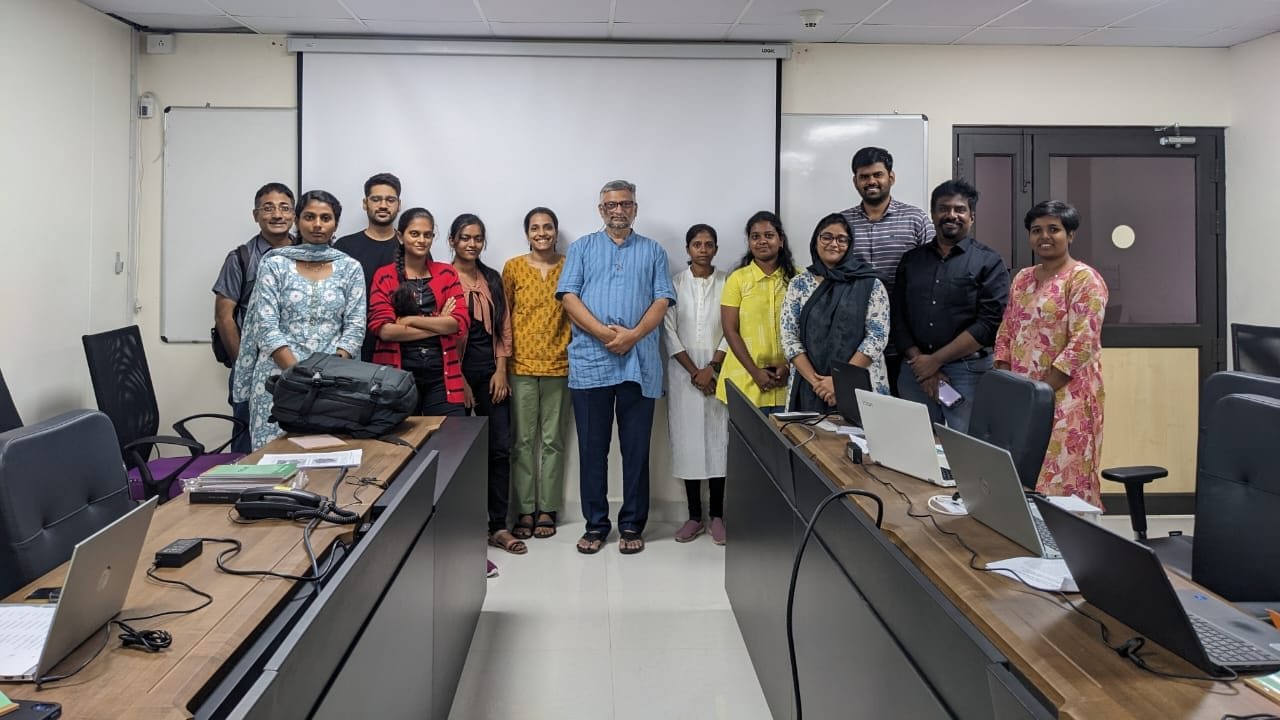
Science communication is still a nascent phenomenon in India. But in the Western world, there have been many notable communicators. While Sagan published books and research papers over three decades starting in the 1960s, American astrophysicist Neil deGrasse Tyson popularised science first through monthly magazine columns and later through TV shows and podcasts.
Now, a growing tribe of Indians is joining this crusade. Mahesh Shenoy, a teacher and content coach at Khan Academy, runs a YouTube channel called FloatHeadPhysics, which has 3.5 lakh subscribers. Engineer Krish Ashok has 10 lakh followers on his Instagram handle Masala Lab. Other popular science influencers on YouTube include Gaurav Thakur (GetSetFlySCIENCE, 46 lakh subscribers), Pranav Radhakrishnan (Science is Dope, 1.9 lakh), ‘Gareeb Scientist’ (5.5 lakh), and Kaushik Bhattacharjee (Antariksh TV, nearly 51 lakh subscribers).
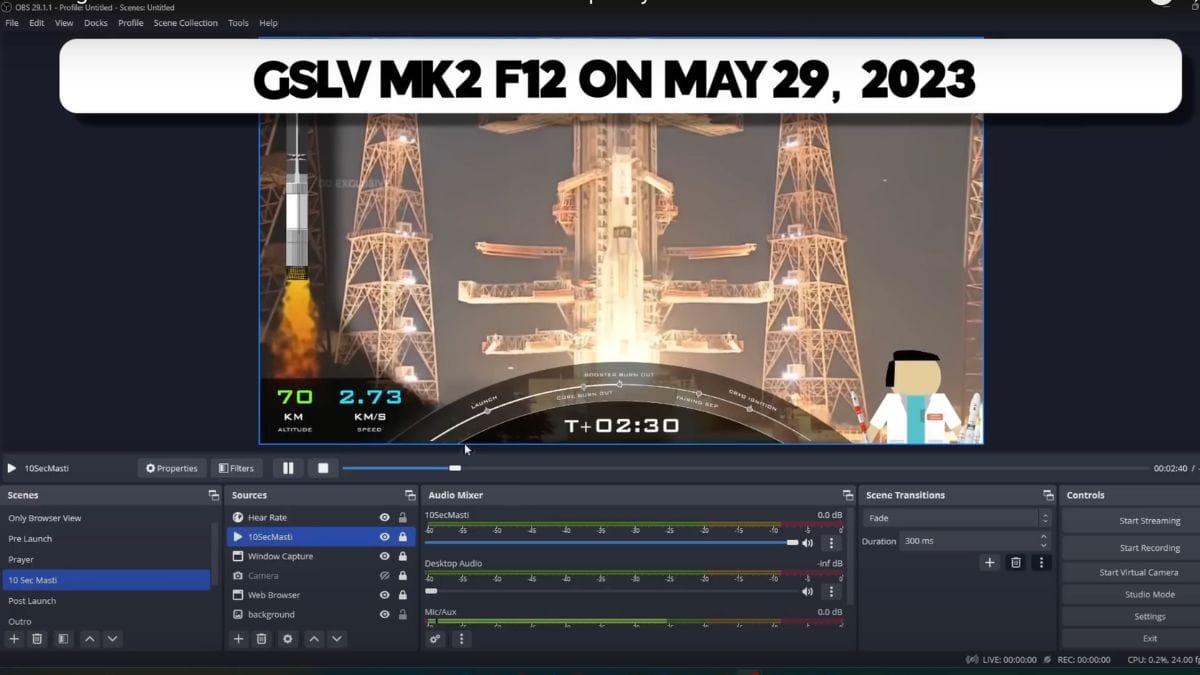
Also read: UP village kids forced ISRO to bring space lab. Now they use drones, building weather station
Workshops and initiatives
The focus of recent workshops has been on equipping participants with the skills to share accurate and easily discernible scientific information on platforms like X and Instagram.
In September last year, Mumbai-based Cactus Communications conducted a webinar titled ‘Look Beyond X: Real-World Case Studies on Amplifying the Impact of Your Research.’ Hosted by Shane Rydqvist, the session taught scientists how to boost research visibility on social media to increase engagement, improve citation scores, and enhance journal impact factors.
At the workshop hosted by Venkateswaran, participants learned to create concise summaries of research papers and convert them into social media-friendly messages.
“Participants received training on how to make visual stories, including Instagram reels and YouTube shorts, to convey the significance of a study in simple language,” said Venkateshwaran. He stressed adhering to the 5W1H rule—what, when, where, why, who, and how—when creating posts.
For example, a social media-friendly version of a vaccine breakthrough will highlight the wow-factor first: “In a major breakthrough, Indian scientist X used attenuated strains of pathogen Y to develop a vaccine against Z, a lethal disease. The scientist completed the research in the US in December 2024.”
Similarly, for a study on maternal immunity, a good social media message to convey it in a ‘surprising new finding’ tone would be: “It is a known fact that antibodies transferred from the mother to the child during pregnancy confer innate immunity to the baby. But a new study shows that not just antibodies, DNA from a microorganism affecting the mother during pregnancy can also protect the baby, if transferred via the placenta.”
While not a first-of-its-kind workshop, it was Venkateshwaran’s first multi-institutional training session on online science communication in Chennai.
Set up in 2012, the Science Media Centre at IISER Pune is one of the first specialised centres on science communication in a government science institution. In December 2019, the Centre conducted a national workshop on science writing, which was not restricted to IISER students.
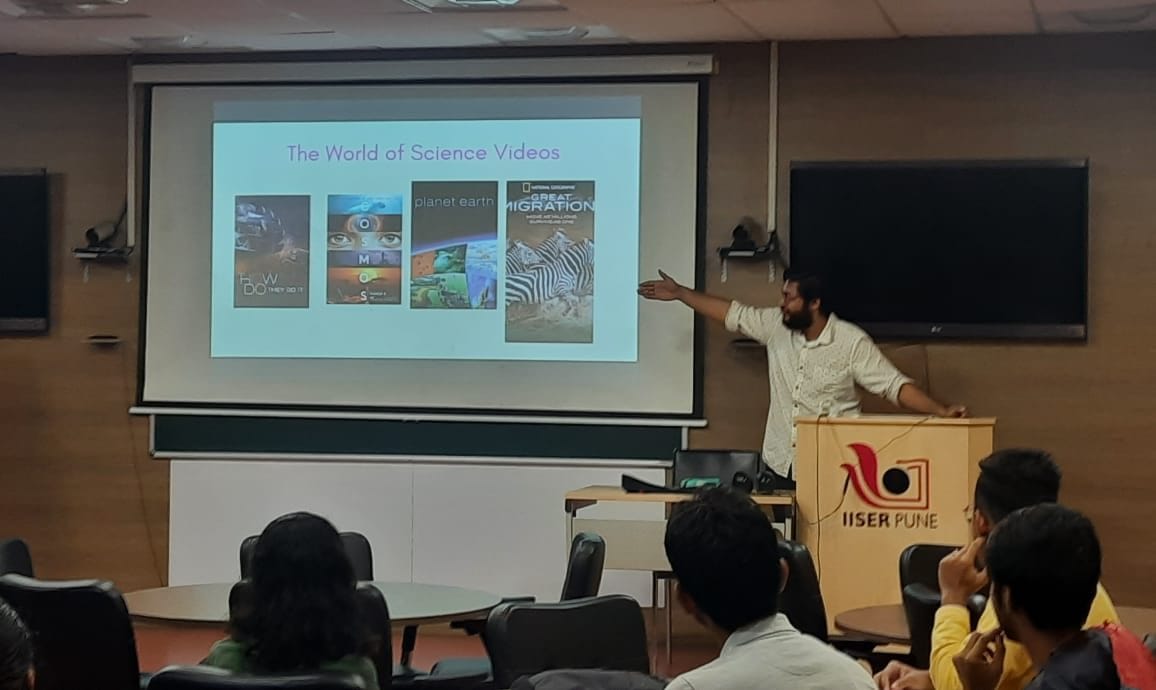
In November 2020, a ‘science news writing’ workshop was conducted, which was also open to everyone. Venkateshwaran was a resource person for both events. In 2023, the Centre started the Science Journalism Project in collaboration with the University of the West of England (UWE), Bristol; Nature India; Science Journalists Association of India; and Association of British Science Writers.
“The aim of the initiative is to develop and internationalise science journalism education, bring together academia and industry to curate science communication curricula that meet industry needs, and explore the challenges of science communication,” Shalini Sharma, associate professor at IISER Pune, who leads the Science Media Centre, told ThePrint.
In 2024, the Centre launched a project called ‘Aquamuse’, which brought together journalists to explore water reporting. “The project focuses on the use of art, media and museums for water reporting on three river basins—Blue Nile, Volta and Ganges,” said Sharma.
She added that at the Science Media Centre Studio, a workshop on augmented reality, was conducted in January 2024. “We were surprised that most of those who registered were children.”
In 2025, the Science Media Centre will be launching fellowships for community journalists. “These will be meant for capacity building and strengthening science reporting,” said Sharma.
“Many people trained at the Science Media Centre are now working as science communication officers at organisations like National Chemical Laboratories (Pune), IIT Gandhinagar, and Raman Research Institute (RRI),” Sharma added.
Venkateswaran had also collaborated with the Indian Science News Association in Kolkata, where he taught social media as part of a six-month science communication course.
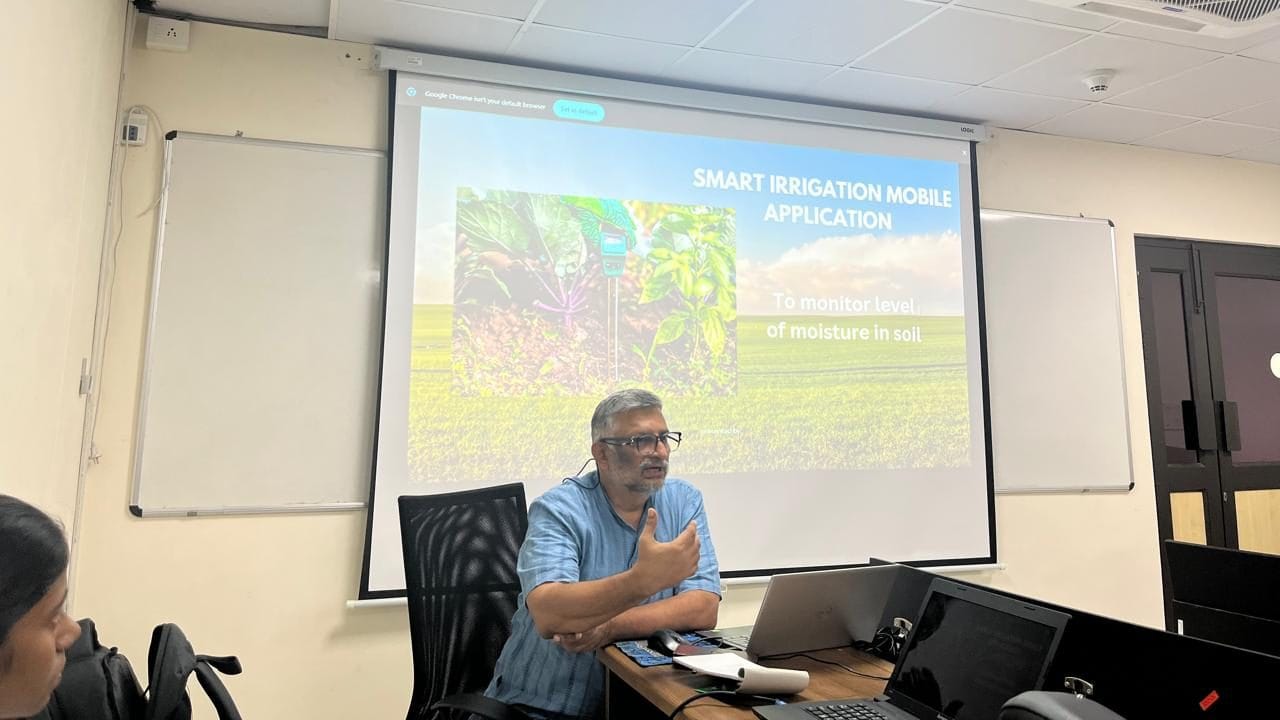
Venkateshwaran was overjoyed by the “overwhelming response” to the Chennai workshop, with hundreds of applicants. But because of its interactive format, with each participant receiving personal attention, only 12 individuals were selected. All participants, he said, were from scientific backgrounds, including researchers, PhD scholars, and outreach professionals.
Some attendees shared their experiences with ThePrint. Divya M, a second-year BSc Physics student at DG Vaishnav College in Chennai, said the workshop taught her how to create concise, engaging summaries of research tailored for non-expert audiences.
“The workshop focused on teaching how to simplify technical jargon, emphasise key findings, and ensure clarity without oversimplifying the science. I learned how well-crafted summaries help journalists convey scientific research more accurately to the public,” she explained. She also learned the value of visuals, storytelling techniques, and platform-specific strategies to reach different demographics.
Theo Steaphens, director of St. Steaphens Public School in Irala, Andhra Pradesh, said the workshop taught him how to distill information from research abstract into impactful social media posts. He found the workshop good for networking and wants to use the learning to promote education among rural students.
“If government school teachers in rural areas have access to scientific information on social media, they can share their knowledge with rural students,” he said.
Also read: Indian science communicators are fighting for freedom from jargon. Scientists push back
Animations & AI for science communication
While the IMSc event mainly focused on creating written social media posts, other organisations are training researchers, students, and professors to use illustrations, animations, graphics, and videos to communicate scientific information on social media. These workshops often incorporate the use of various tools and artificial intelligence (AI) for content creation.
Rafeeque Mavoor, an illustrator and animator, is the founder of Scidart Academy, an organisation training scientists to create graphics for research papers. He previously worked at the Science Media Centre at IISER Pune, where he conducted workshops on online science communication, including some in collaboration with Venkateshwaran.
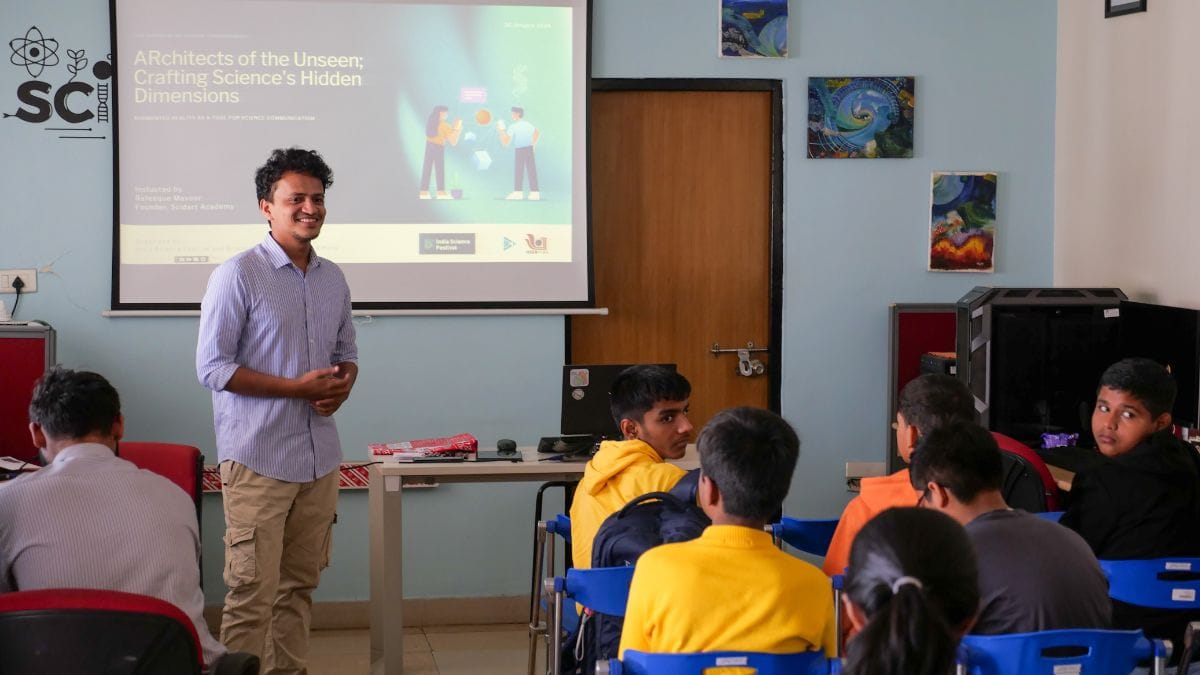
In 2023, Rafeeque conducted a 15-day workshop starting on 14 August, training about 60 participants from all over India to create engaging science videos. The course covered script writing, filming, editing, and promoting the videos on social media. On the final day, his team screened around 25 science videos created by the participants.
“I teach researchers, science communicators, content creators, professors, doctors, and people from all walks of life,” Rafeeque told ThePrint. “I train them to visualise research using 2D and 3D designing software.” He added that he has conducted over 40 online workshops and multiple offline sessions, training more than 2,000 researchers so far.
A key tool in his workshops is Blender, a 3D computer software used for creating animated films, 3D-printed models, virtual reality content, and visual effects. He also offers a two-month advanced course for researchers looking to master illustration techniques.
Rafeeque’s workshops have drawn international participants from the US, Europe, Japan, South Korea, Australia, Canada, and Saudi Arabia. Additionally, he trains attendees to use AI tools like Google Gemini, Leonardo AI, and Adobe AI—examples of generative AI technologies.
Nature India’s initiatives
Nature India, a digital science magazine, also provides on-demand training for scientists, science communicators, and science journalists.
In March 2024, Nature India conducted a basic workshop on science communication at the National Centre for Biological Sciences (NCBS) in Bengaluru, Karnataka.
“Nature India conducts bespoke masterclasses for effective policy and perspective writing, health communication and converting scientific manuscripts to popular pieces. Participants learn to maximise external promotion through varied platforms and explore different communication formats,” said Subhra Priyadarshini, the magazine’s chief editor. “The training helps [participants] present scientific research more effectively to the public and the media.”
Subhra, who also serves as the president of the Science Journalists Association of India (SJAI), said the organisation aims to improve the science communication ecosystem and “foster evidence-based reporting by bridging the gap between complex scientific concepts and public understanding.”
To achieve this, the SJAI collaborates with Google News Initiative, DataLeads, Science Media Centre at IISER Pune, and the Association of British Science Writers to provide training modules, mentorship opportunities, and fact-checking tools for journalists.
“The annual SJAI conference is a melting pot for science journalism and communication professionals,” said Sahana Ghosh, associate editor at Nature India. “The theme for the 2024 edition [held on December 4-5] was how to bridge gaps in science journalism.”
Also read: Science communicators in India need to be turbo-charged. Govt must ensure its legitimacy
Dos and Don’ts of science communication
SciRio, India’s first science communication company collaborating with bioscience research organisations, conducts webinars and workshops to teach how to communicate science on social media.
It has conducted workshops at Amity University, Jaipur, and Vellore Institute of Technology in March 2024; at the Capacity Building Commission, Government of India, Hyderabad in May 2023; and at Banaras Hindu University in November 2022.
These workshops, founder Suchitha Champak said, primarily cater to students and researchers, introducing them to the fundamentals of science communication and equipping them with skills to take it up as a part-time career.
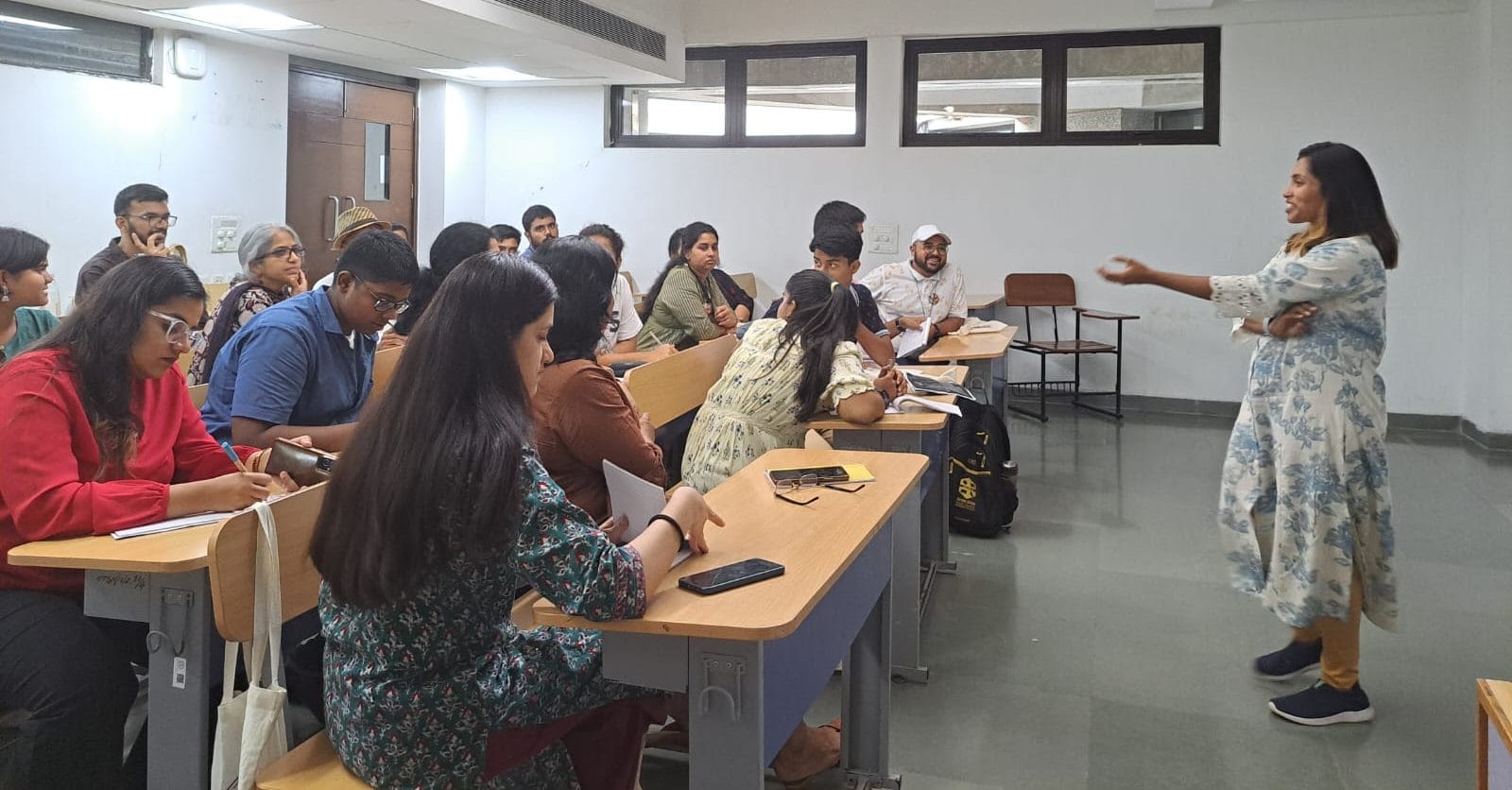
Suchitha said such effective science communication will help curb misinformation and pseudoscience.
According to her, a good social media post begins by explaining how the study outcome benefits the world and is corroborated with interesting anecdotes.
“Add as many visual and audiovisual elements as possible. Avoid technical terms to make the description sound accurate or showcase oneself as an expert. Writing in blocks of text will make it boring. Using clickbait titles or overstating claims must be avoided,” she said.
Cactus Communications’ contribution
Over the past three years, Cactus Communications has conducted over 30 webinars and workshops focused on science communication via social media.
“On 22 January 2022, we conducted a workshop to teach scientists how to use social media to market their research. On 26 May that year, we held a workshop on how one can use social media for their research career,” Prabh Grewal, senior vice president, operations (research solutions), Cactus Communications, told ThePrint.
“In May 2023, we conducted a workshop on how to use visual tools for science communication on social media. Our October workshop that year was focused on amplifying scientific research in Twitter Spaces. In January 2024, we held a workshop on the power of conferences, networking and social media in academia,” he added.
Cactus Communications’ workshops cover strategies for promoting research on social media, creating infographics, networking effectively, building a professional online presence, tailoring manuscripts for higher acceptance rates, and translating complex research into accessible content.
“The workshops help researchers promote their work beyond traditional academic circles, potentially leading to more citations and collaborations,” Grewal said. “As researchers become better at communicating on social media, it can lead to a more scientifically literate public.”
Grewal emphasised the importance of verifying sources when sharing scientific posts, using peer-reviewed journals, and including research limitations.
Good vs bad examples of science posts
Grewal provided examples to illustrate effective and poor science communication on social media.
“New study from IIT Madras and Georgia Tech identifies key factors in Delhi’s air pollution. Researchers found that particles smaller than 1 micrometre interact with ammonia and chlorine in high humidity, worsening visibility and health risks. Study published in Nature Geoscience. Important step in understanding urban air quality, but more research needed on long-term effects. Link to full study.”
This example works, Grewal said, because it provides key findings, mentions the institutions involved, gives context about the importance, cites the publication, and notes the need for further research.
“SHOCKING study reveals the REAL killer in Delhi’s air! Scientists discover invisible particles that are DESTROYING our lungs! Retweet to save lives! #DelhiAirApocalypse”
This post sensationalises the findings and provides no context about the study.
“Using alarmist tone and fear-mongering tactics, and making claims beyond what the study proves are a big no for scientific social media posts,” Grewal said.
Editor’s Note: This article has been updated to reflect corrections.
(Edited by Prashant)



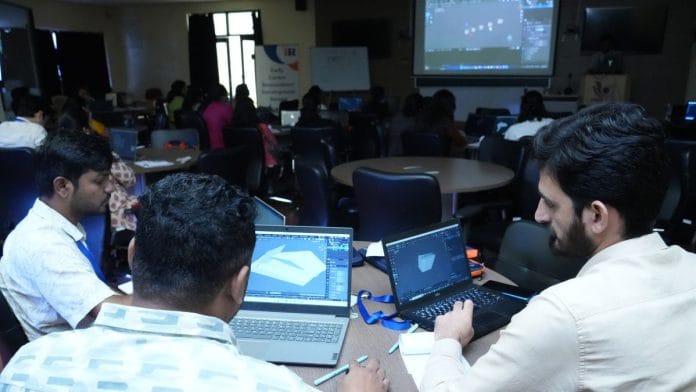



Change the education system!
Quite unfortunately, we Indians do not have a Carl Sagan of our own. We have to remain content with buffoons like Pallav Bagla.
I remember his idiotic interview of Mahan Maharaj, the acclaimed mathematician. Bagla’s sole objective in that interview was to project the Maharaj (a monk of the Ramakrishna Mission) as an atheist who did not believe in Hinduism. He repeatedly attempted to emphasise that Maharaj has no faith in the Gods or even in the Advaita Vedanta philosophy of the Ramakrishna Mission, neither does he believe in Hinduism.
Bagla ended up making a fool of himself and his TV news channel.